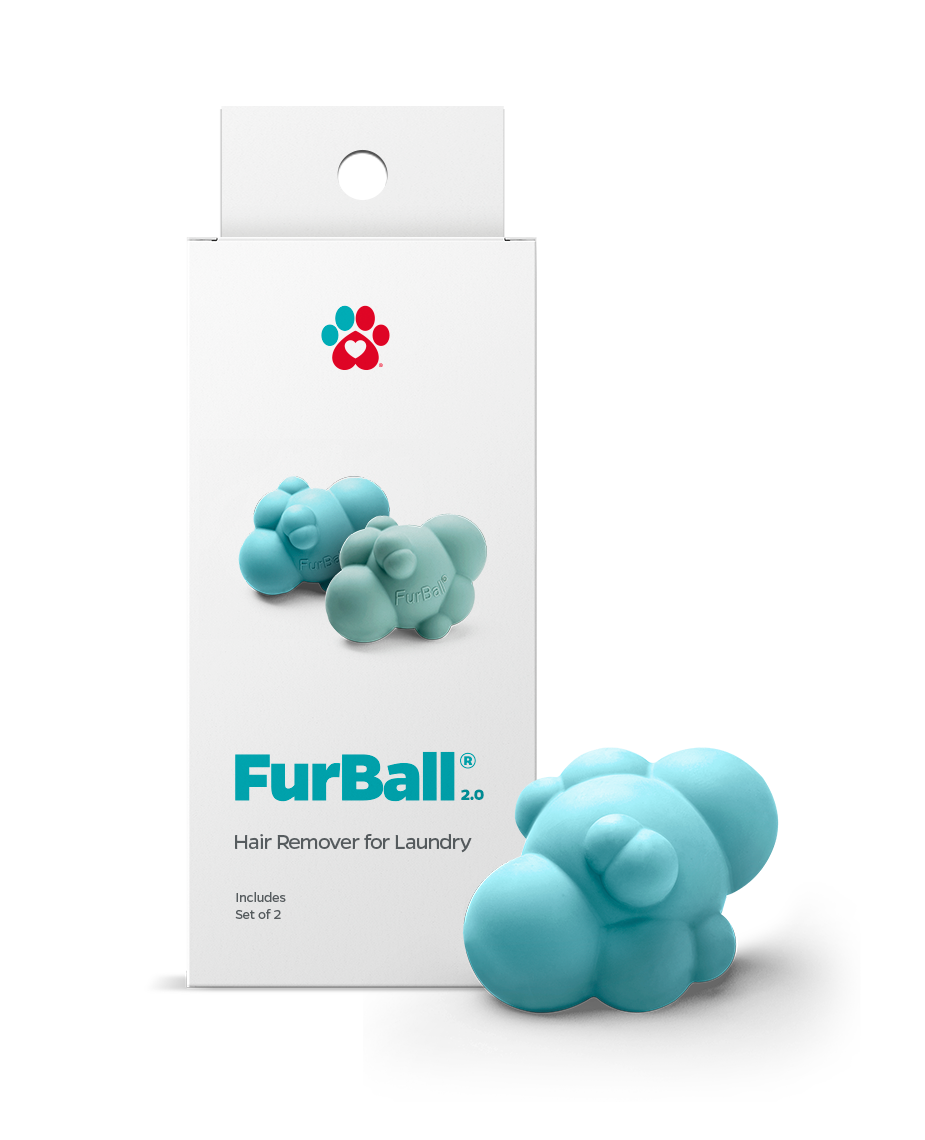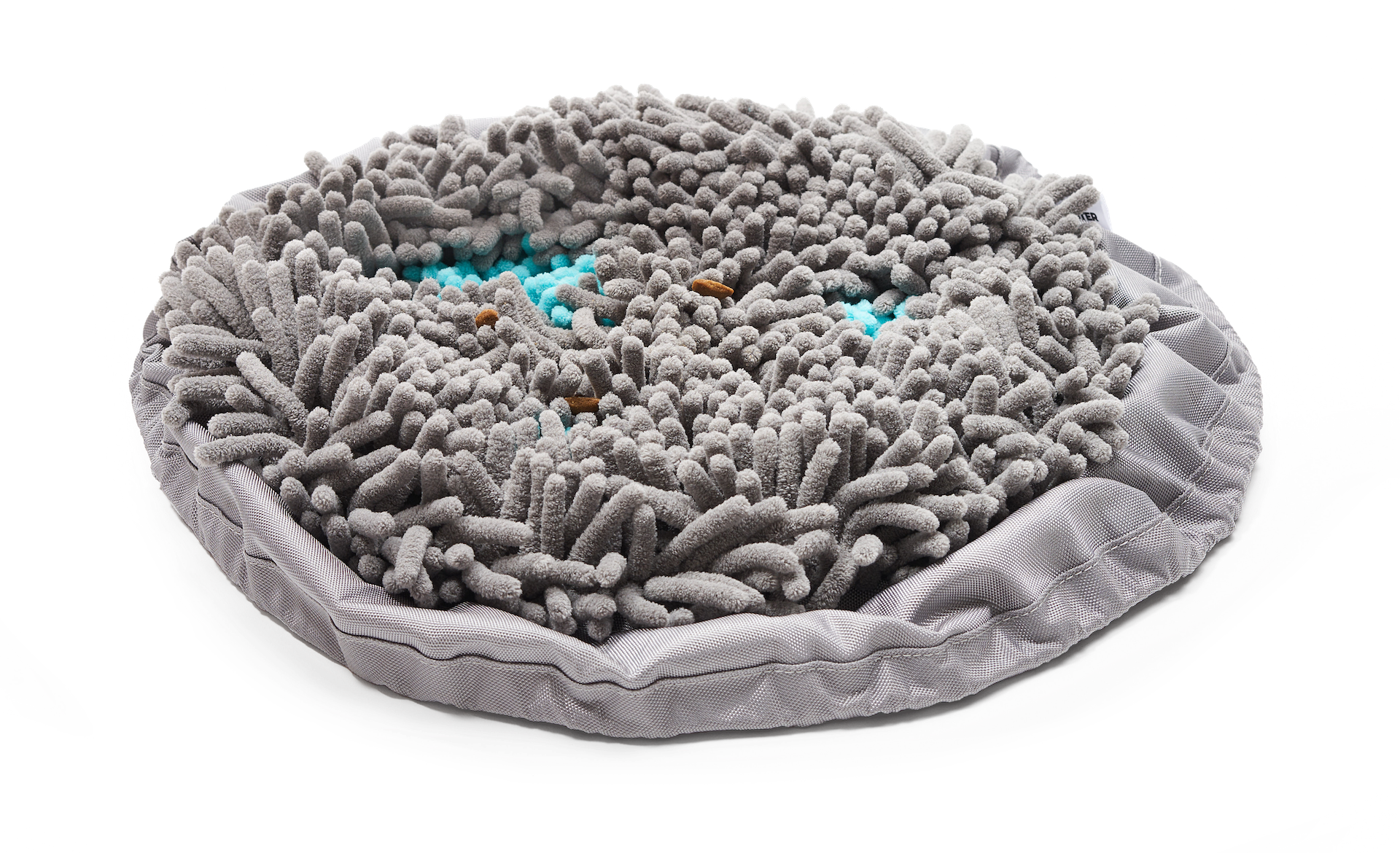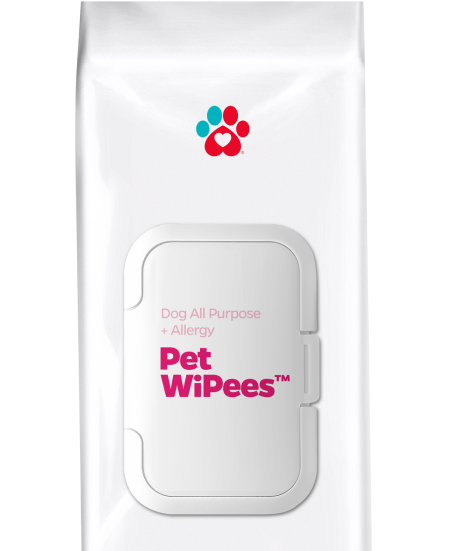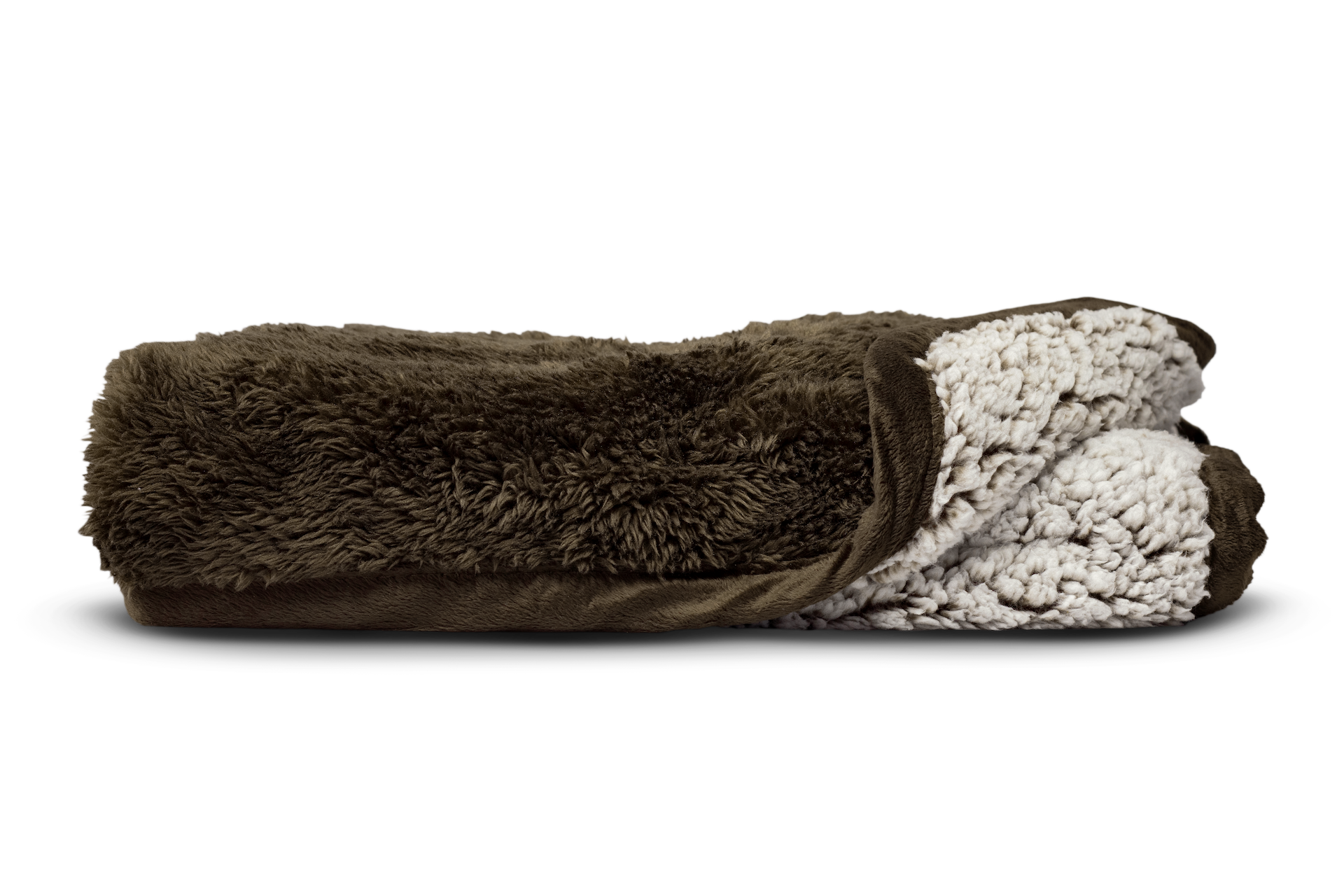Training Cats to Pee in the Litter Box
Eliminating (peeing and pooping) problems and messy accidents at home are one of the biggest problems you, as a cat pet parent, will have to deal with. Training cats to pee in the litter box may look intimidating, but it is much easier than you think!
Preventing accidents is way better than having to deal with cleanups, so here are some effective ways to train your cat to use the litter box.
Choose the Litter Box and Cat Litter That's Good for Your Cat
There are different boxes and litters suitable for your cat. If you have an adult cat, a smaller litter box would seem fit. A larger box works for younger cats for it to be more spacious as they are still trying to adjust.
"There are different boxes and litters suitable for your cat."
The box should be made out of nonabsorbent material so the litter absorbs any urine, not the box.
Litter boxes can be covered, self-cleaning, and specially designed to fit into corners. Cats tend to have a preference when it comes to litter boxes, so it is important to pay close attention to your cats behaviors when introduced to different types. Some cats feel more secure in boxes with hoods, some who dig to cover up their mess are more comfortable in boxes with high sides.
There are also a wide variety of litter to choose from including:
- Clay litter (clumping clay litter)
- Silica gel litter (crystal litter)
- Paper litter pellets
- Corn litter
- Pine litter
- Wheat litter
- Tofu litter
- Walnut shell litter
- Grass litter
Just as cats have preferences when it comes to the litter box itself, they also have their favorite litters. It's a good idea to try out different kinds of litter to learn what your cat likes best.
It is also important to make sure there are enough litter boxes in your home. The general rule is to have one more litter box than the number of cats in your home. This is called the "n+1 rule." For example if you have 2 cats, you should have 3 litter boxes, and if you have 1 cat you should have 2. This ensures every cat has their own space, and helps ease any litter box issues.
Opt for a Quiet Location

The location of the litter box should be somewhere accessible and quiet. It should also be far from where your cat usually eats and sleeps. This is because cats are clean animals, and do not prefer to eliminate near where they eat and sleep.
A good location may be in a quiet corner of a room where your cat can relax, and not be watchful while they take care of business.
The place for the litter box should be constant and you should refrain from moving it around your house, as cats are not a fan of change.
Have Daily Visits to the Litter Box
Training cats to pee in the litter box can go a long way. Place your cat inside the box a few time a day, particularly during times when she would usually pee, to help get them familiar. Teach them where the litter box is located and what to do with it.

If your cat jumps out of the box, that's okay. If they begin to feel comfortable with it, and use it, leave them alone as cats enjoy privacy when doing their business.
Allow your cat to explore the litter box at their own pace for a few minutes each day. Additionally, if you notice signs your cat may need to go, like sniffing or crouching, pick them up and place them in the litter box. If they use the litter box, remember to reward them with treats and praise.
Never Punish Accidents
Accidents are normal if your cat has not yet fully grasped the whole idea of using the litter box. Do not punish her because she will not understand why you are upset about it and will instead hide from you every time she "takes a break". Instead, go back to square one of placing her constantly in the box until she begins using it. Training cats to pee in the litter box IS a challenge but always keep your patience in check.
Pee Pads for Cats!
Pawtect® Pads are great to use around the litter box, and for training cats to pee in the litter box. Pawtect® Pads are durable, anti-tracking and washable pads that are great for containing messes and accidents.
Avoid the strong odor of cat urine around the house by placing Pawtect® Pads while litter box training your cat. Pawtect® Pads are intended to catch any messes, while its odor-eliminating properties help lighten any unpleasant smell. The many uses of Pawtect® Pads make these pads the ultimate lifesaver.
Pawtect® Pads also come in handy for cats who tend to be extra messy when they use the litter box. It works great for containing any litter that may spill out of the litter box, or for the cats who don't have the best aim.
More Things to Keep in Mind
- Keep the litter box clean as some cats will avoid eliminating if it is not clean enough. If the box isn't clean and still full of what she left behind, she can be finicky and will try to hold it in just to avoid stepping into a dirty, filthy, full litter box.
- Wash the box and change litters once a week.
- If your house has several floors, keep one litter box on each floor.
- Any accidents made by your cat as she is still getting a hang of the litter box must be cleaned with enzymatic cleaner to neutralize the odor and prevent her from revisiting and peeing on that same spot again.
You can have your cat wear cat diapers to skip the accidents and the cleanups and have an odor-free, clean home!
Cats have strong instincts about using the litter box which makes it a lot easier training them.
If your cat doesn't seem to get the hang of using a litter box, consider the litter you are using, the type of litter box, and the location of the litter box. Cats can be picky, but once you find a combination that works for your cat it should be smooth sailing.
If your cat is already litter trained and begins to pee outside of their litter box, it is important to make sure there are no underlying health concerns.
Keeping some 'litter box basics' in mind can help keep your cat comfortable and prevent elimination problems from happening in the future.









